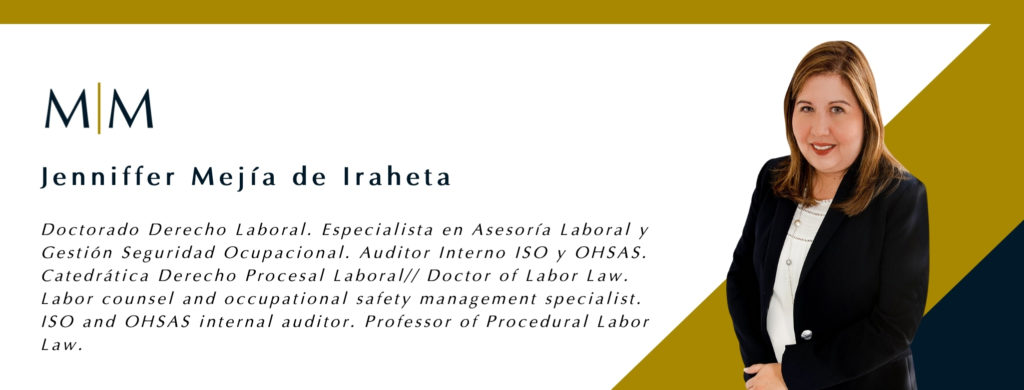By: Jenniffer Mejía – Senior Associate El Salvador
ISO 45001 is the new international standard for management of Occupational Health and Safety. It is a useful tool for helping organizations and companies manage the risks and opportunities for preventing work related injury and health problems.
ISO 45001 provides a simple model for the progressive development of control over employee risks and hazards. It is an internationally renowned trademark, and thus places your organization at a level of excellence shared by organizations around the world.
In a market with growing requirements, accreditation of efficient management in employee safety may open the door to potential clients and markets who demand responsibility from their providers regarding matters of labor safety.
Through tools such as internal audits, ISO 45001 incorporates an early warning system to help you detect health and safety threats, providing the opportunity to approach and solve them before they are detected by other persons, and not after their occurrence.
It also facilitates constant improvement. Employee morale, insurance costs, liability, among others, not to mention the basic human concern for the welfare of others: nothing in a company is more important than improving the health and safety performance.
It transforms your operation into a preventive mode to stay ahead of problems, instead of reacting to them in a passive mode.
The benefits of implementing ISO 45001 are strategic to many companies and organizations. A correctly implemented system provides the company with an effective tool which will have a significant return on investment for the organization.
Although ISO 45001 certification is not a mandatory requirement, its implementation in companies is recommended as a useful tool to show its compliance with criteria of good practice regarding the health and safety of their employees.
For companies already under OHSAS 18001 certification, there will be a three year transition period starting from publication of the new standard (March 12th 2018).
Due to the special situation created worldwide by the COVID-19 pandemic, the International Accreditations Forum (IAF) has extended this transition period by six months, until September 30th 2021, for accredited certifications of management systems in accordance to standard OHSAS 18001:2007.
To qualify for ISO 45001, the company must pass an evaluation on compliance with the new standard’s requirements, carried out by its certification entity.
For those considering implementation of standard ISO 45001, there are some things to keep in mind:
1. Carry out an analysis of the company’s context highlighting internal and external factors affecting the business and relevant to occupational health and safety.
2. Understand the needs before deciding on the actual reach and purposes of implementing the standard.
3. Determine the necessary resources before implementing the standard.
4. Make your occupational health and safety policies clear and concentrate on the set goals.
5. Carry out good planning and then communicate with other employees in the best way to achieve implementation of the new standard.





